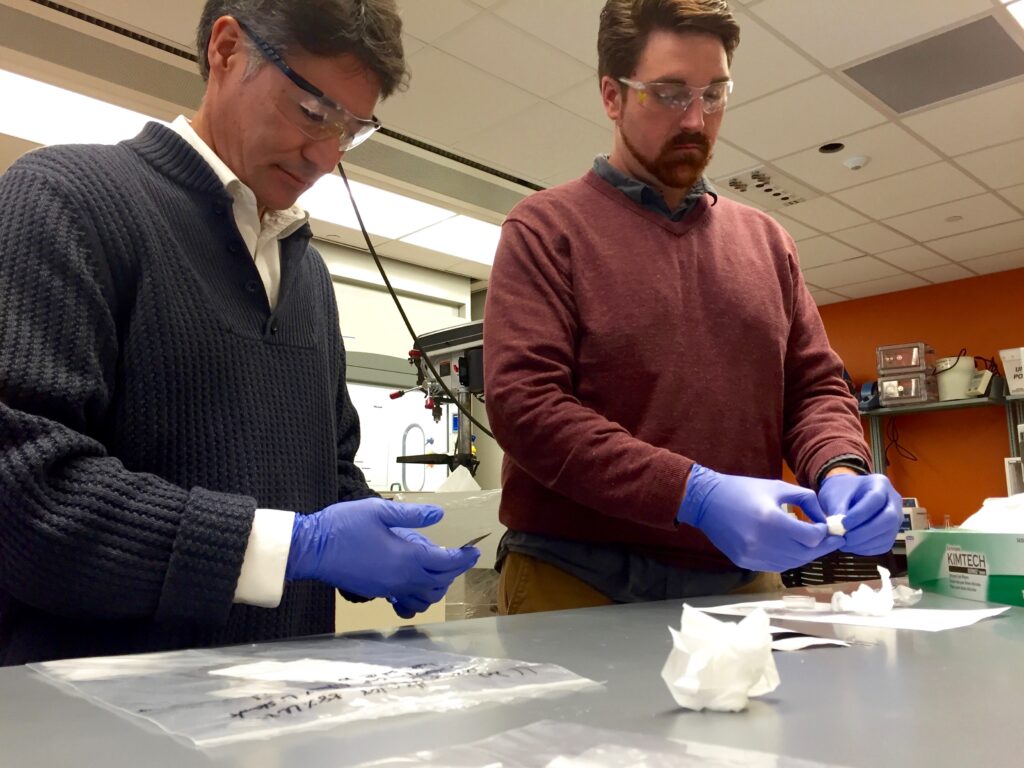The University of Michigan College of Engineering’s Solid-State Batteries project, led by faculty researcher Jeff Sakamoto, received $3.5M in funding from the Advanced Research Projects Agency-Energy (ARPA-E) to further development of technology that will significantly improve energy storage. The ARPA-E award will help advance the commercial viability of the Solid-State Batteries project and prepare the technology for an eventual transfer from lab to market.
“Lithium-ion battery energy density and stability is a major challenge today. Sakamoto’s project addresses this issue, and is an excellent example of how the U-M Center for Entrepreneurship (CFE) and Michigan Translational Research and Commercialization (MTRAC) Transportation is translating research out of the lab and generating impact in the larger economy,” said MTRAC Transportation director, Jay Ellis.
The Solid-State Batteries team is currently an awardee of the MTRAC Transportation program, run jointly by the U-M CFE and the Office of Technology Transfer (OTT). In August 2015, they received an initial $50K of funding from the program, in partnership with the Michigan Economic Development Corporation (MEDC). In June 2015, the project graduated from NextEnergy’s Innovation Corps (I-Corps) Energy and Transportation program where it investigated potential product and market fit, and in 2014, NextEnergy awarded Sakamoto $35K as part of its MATch Energy Grant that led to his participation in the Robust Affordable Next Generation Energy Storage Systems (RANGE) program. With close mentorship from the U-M CFE and MTRAC Transportation Director, Jay Ellis, the Solid State Batteries project found a niche for improving battery life across multiple applications.
“The programs offered by the U-M CFE are allowing us to climb the commercialization learning curve faster than we ever thought possible,” noted Travis Thompson, Solid-State Batteries project researcher. “Through mentorship from the MTRAC Board, entrepreneurs in residence at the CFE and NextEnergy, we have learned how to evaluate markets quickly and efficiently, interview customers, and find applications where our technology can best address issues that people have when using batteries.”
The Sakamoto project group is developing new electrode structures and manufacturing techniques to incorporate Lithium (Li)-conducting ceramic electrolytes into solid-state batteries. Solid-state Li batteries could double the energy density of today’s Li-ion cells and also eliminate the use of conventional flammable electrolytes, increasing abuse tolerance and reducing the need for battery thermal management systems.

